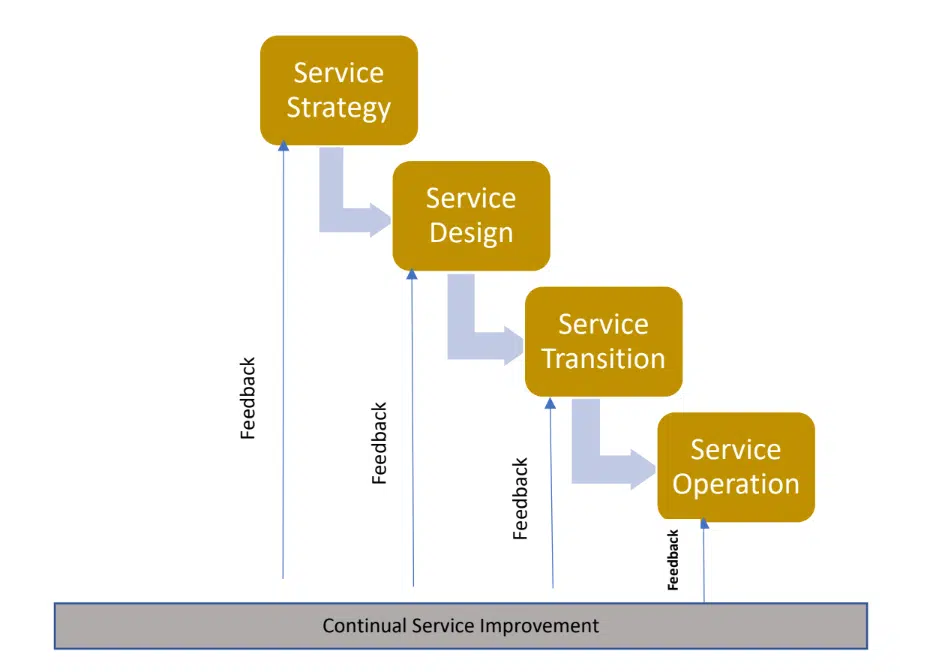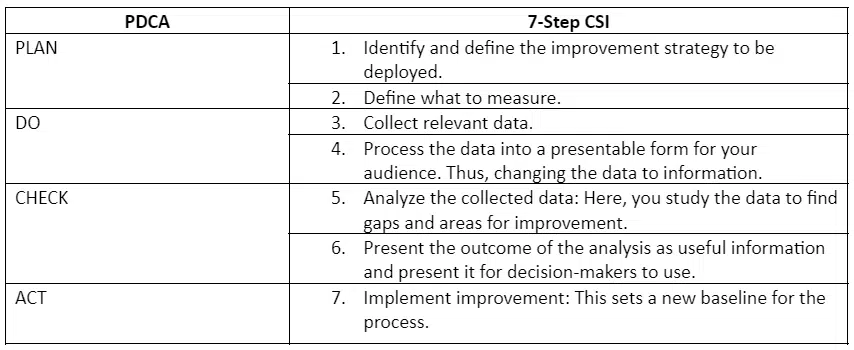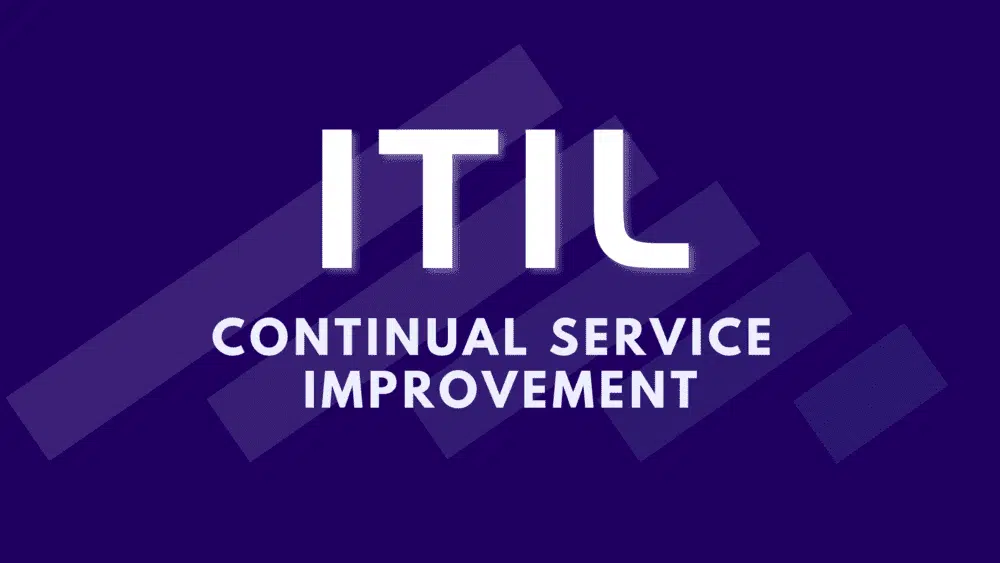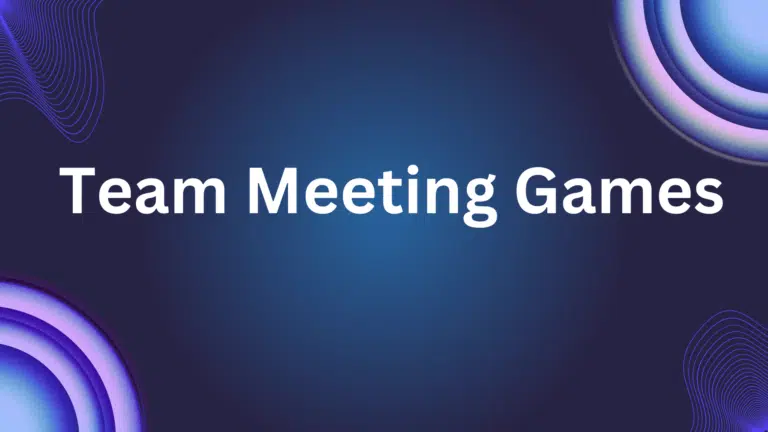The essence of service delivery lies in the drive to enhance service quality. One of the fundamental principles of quality management is continuous improvement, and the ITIL continuous service improvement framework is designed to achieve this very goal.
ITIL service life cycle has five stages, these are:
- ITIL Service Strategy
- ITIL Service Design (Design Strategy)
- ITIL Service Transition (Transition Strategy)
- ITIL Service Operation (Operation Strategy)
- ITIL Continual Service Improvement
ITIL continual service is the fifth and last stage of the ITIL service life cycle, and this post will discuss it in detail.
What is ITIL CSI (Continual Service Improvement)?
The final phase of the service lifecycle is ITIL Continual Service Improvement, which centers on revisiting each stage of the cycle to gather insights from both successes and failures. This approach aims to replicate successes and eliminate failures to improve the overall service delivery process.

The service lifecycle commences with strategy formulation, which is followed by service design. The output of the design phase is then passed on to the service transition stage, which is responsible for managing changes that could affect live operations. Throughout all these stages, ITIL CSI plays a vital role in capturing feedback and incorporating it into the process to enhance performance.
Objectives of ITIL Continual Service Improvement
The CSI has five objectives:
- Enhance Efficiency: Efficiency can be measured by the output-to-input ratio, such as service delivery time, speed, and convenience. We can optimize the process and achieve greater efficiency by reducing the burden on customers.
- Enhance Effectiveness: The desired outcome of an IT process is effectiveness, regardless of how fast or seamless the process is. It is crucial to achieve both efficiency and effectiveness to ensure the intended results are achieved, not just a quick process.
- Implement Standard Quality Methods: Our quality processes adhere to global standards and are implemented systematically to ensure consistent results.
- Optimize Costs: Our goal is to enhance process efficiency and effectiveness while keeping costs in check. This requires eliminating unnecessary waste and expenses.
- Improve Customer Satisfaction: Customer satisfaction is a top business priority. We recognize that customers are the reason for our existence and strive to exceed their expectations.
Activities of the ITIL CSI
The ITIL CSI daily activities are:
- Monitor Management and Trend Reports: Regularly review management and trend reports to assess the effectiveness of ITSM processes and determine if they are achieving the desired outcomes.
- Establish Strong Relationships with Business and IT Senior Managers: Build and maintain positive working relationships with senior managers from both the business and IT sides of the organization to ensure support is readily available when needed.
- Assist in Prioritizing Improvement Opportunities: Collaborate with stakeholders to identify areas for improvement and prioritize them based on their potential impact on business goals.
- Analyze Data for Insights: Conduct an in-depth analysis of relevant data to gain insights into process performance and identify areas for improvement.
- Conduct Internal Audits to Ensure Compliance: Regularly perform internal audits to verify compliance with established standards and procedures.
- Present Improvement Recommendations to Senior Leadership: Use the insights gained from analyzing data and conducting audits to develop improvement recommendations and present them to senior leadership for review and approval.
The Deming Cycle (PDCA) Cycle and the 7-Step CSI Model
We will combine the PDAC model of Deming and the 7-step CSI model to see how they align and make it easier to carry out CSI.

Key Processes and Activities
- Continuous Process Evaluation: We conduct ongoing evaluations of our processes to identify areas that are not meeting target metrics or KPIs (Key Performance Indicators). We use tools such as benchmarking, reviews and audits to help us identify areas for improvement.
- Service Improvement Review: This is a critical task that focuses on improving the delivery of services to our clients. We take a high-level view of our services to identify areas where we can improve the customer experience.
- Identification and Definition of CSI Initiatives: Based on the results of our ongoing process and service reviews, we identify and define initiatives to improve our services further. These initiatives are action steps that help us achieve our goals.
- Performance Monitoring: Once we implement our CSI initiatives, we monitor their effectiveness to ensure they address the identified problems. We use performance metrics to track progress and make necessary adjustments to our initiatives.
Value of the Seven-Step Improvement Model
- Ensures Quality Service Delivery: Quality management is essential for providing customers with the highest level of service possible. By following established quality management practices, we can consistently deliver quality services that meet or exceed customer expectations.
- Drives Growth and Decision Making: Quality management drives growth by helping us collect, analyze, and interpret data. As we gather data, we gain insights that inform decision-making and help us make strategic business decisions.
- Competitive Advantage: Quality management can be a potent competitive tool that sets us apart from our competitors. By consistently delivering high-quality services, we can build a reputation for excellence and attract new customers while retaining existing ones.
Conclusion
The ITIL continual service improvement model is a well-established method for guaranteeing high-quality service delivery. Its foundation is based on the Deming PDCA model, which defines quality as customer satisfaction. ITIL recognizes that the service life cycle is incomplete without the CSI loop.
IT operators and business process owners must prioritize incremental learning and refinement to ensure their systems are constantly evolving and improving.

I am Mohammad Fahad Usmani, B.E. PMP, PMI-RMP. I have been blogging on project management topics since 2011. To date, thousands of professionals have passed the PMP exam using my resources.







